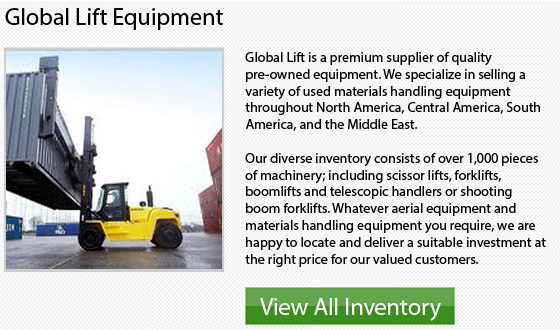
Forklift Engines
Forklifts are classified as small-engine vehicles. The engines of the forklift all follow the principles of internal combustion, though the many makes and models of forklift would have a different layout and design. Forklifts are made more toward producing high torque rather than for speed. They normally are geared to low speeds. The engine powers the drive wheels of the forklift. The engine is also needed to lift and lower the forks through a series of chain pulleys. Nearly all forklift engines which are modern are powered by propane because they will be utilized indoors, where diesel and gasoline engines would be inappropriate due to the exhaust they generate.
Usually, the forklift is a four-cylinder engine-block. The engines of the forklift are similar to car engines because they contain pistons connecting to a camshaft. The head of each cylinder consists of an intake hatch, an exhaust hatch and a spark plug, each of them one-way and spring-loaded.
Engine Function
When the operator starts up the forklift engine, propane passes through the opened throttle-plate in a fine spray and mixes together with air coming from the mass air intake before moving into the cylinder head intake hatches. Each one of the four pistons is staggered to rise in an exact sequence, compressing the mixture of air and propane as each piston rises to the top of the head. With very precise timing, the alternator and battery of the engine create an electrical current which passes through the spark plug. The fuel ignites resulting in an explosion which drives the piston back down to the bottom of the cylinder, leading to a continuous turning of the camshaft. In the cylinder, an air pressure imbalance causes the exhaust to be drawn out through the exhaust hatch as more fuel passes into the cylinder. Propane burns much cleaner than gasoline and diesel and the exhaust is not as harmful.